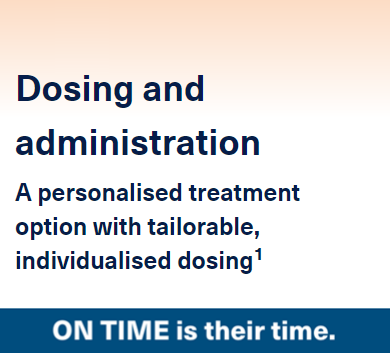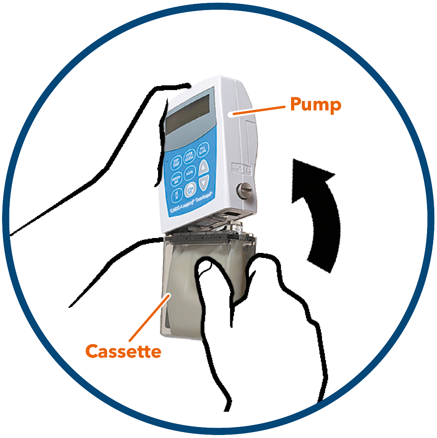Intestinal administration with Duodopa® helps to avoid issues associated with erratic gastric emptying1,2
- Duodopa® contains levodopa (and carbidopa) in an intestinal gel1
- Duodopa® uses a specific pump delivery system that continuously administers the gel at a constant rate directly into the duodenum or upper jejunum via PEG-J1*
- Prior to permanent PEG-J placement, favourable response to Duodopa® can be confirmed during a ND/NJ phase1
- Duodopa® bypasses the stomach to avoid the effects of slowed or delayed gastric emptying1,2
- Duodopa® maintains plasma concentrations of levodopa at steady levels within the individual's therapeutic window during intestinal infusion3
*For administration of Duodopa® only the CADD-legacy 1400 pump (CE Marked) should be used'
ND=nasoduodenal; NJ=nasojejunal; PEG-J=percutaneous endoscopic jejunostomy.
1. Duodopa® Summary of Product Characteristics, available on www.medicines.ie.
2. Slevin JT, et al. J Parkinsons Dis 2015;5:165-74.
3. Nyholm D, et al. AAPS J 2013; 14:316-23.
Initiation and titration with Duodopa®
- Duodopa® is initially given as monotherapy, but other PD medicines can be taken concurrently1
- Duodopa® replaces multiple oral doses and may reduce pill burden2,3
- Single-use medicine cassettes, containing Duodopa®, are inserted into the pump on a daily basis1
- Treatment is usually administered during the individual's awake period. If medically justified, Duodopa® may be administered for up to 24 hours1
- Duodopa® dosage can be individually adjusted by titration to optimise outcomes1
- Duodopa® delivery system is tailorable, allowing administration of extra bolus doses as required1
1. Duodopa® Summary of Product Characteristics, available on www.medicines.ie.
2. Fernandez HH, et al. Mov Disord 2015;30:500-9.
3. Boyd JT, et al. Clin Park Relat Disord 2020;2:25-34.
IE-DUOD-220035. Date of preparation: November 2022.











